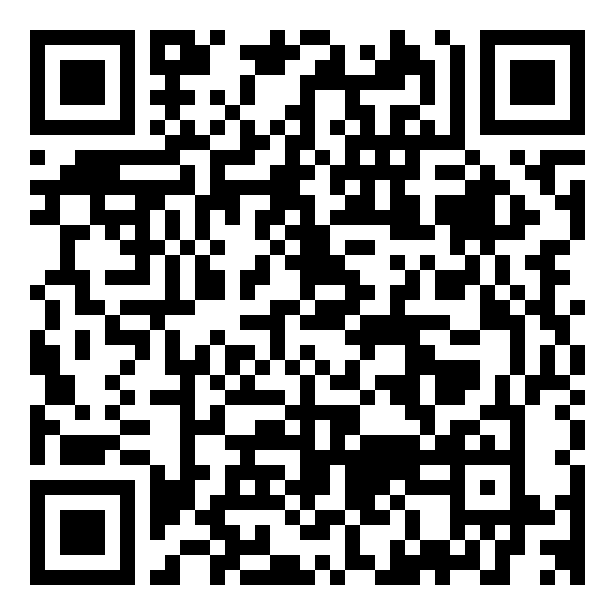
Automation Technologies
firefly: Evaluation of a compact, novel automated liquid handler for NGS library preparation

Paul Lomax
Product Manager
SPT Labtech
Melbourn, England, United Kingdom
Primary Author - January Poster(s)
In recent years, advancements in the field of next-generation sequencing (NGS) have improved our access to detailed genomic information. Samples that are destined for sequencing need to be processed into libraries before they can be loaded onto a machine that performs the sequencing run. This library preparation process involves numerous pipetting and incubation steps and can take several days to complete, which makes automation of this process desirable. Automation frees up the time of laboratory staff and reduces the possibility of user-induced errors, as well as variations between different users, that can be apparent if samples are prepared manually.
Automated liquid handlers tend to be large and occupy valuable bench space in the laboratory, so are typically only present in labs where the sample throughput is high and automation is therefore essential. Here, we evaluate the use of firefly, a novel and highly compact liquid handler, for the automation of NGS library preparation workflows.
firefly has two liquid handling heads: an air-displacement pipetting head and a non-contact positive-displacement dispense head. For the evaluation, we used photometry to quantify a range of dispense volumes from both heads, with the aim of determining the dispense performance of each head. We ran an NGS-relevant protocol (a bead-based DNA purification) that makes use of both firefly heads to execute all the dispense, aspiration and mixing steps. The aim was to test whether a DNA purification can be successfully performed on firefly and whether consistent results can be obtained for samples prepared in different columns across a 96-well plate – as this can be difficult to achieve using liquid handling automation.
We demonstrate the volumetric performance of the two firefly heads. The variation in 1µL dispenses of aqueous buffer from both heads showed a %CV of ≤3%, while 1µL dispenses of more viscous reagents (such as used in NGS library preparation workflows) showed a %CV of ≤4% from the positive-displacement dispense head. We also present DNA fragment analysis data to demonstrate that firefly can be used for the successful automation of a bead-based DNA purification, a key component of library preparation workflows, with consistent fragment sizes across a 96-well plate.
In summary, the data presented here shows that the firefly platform can accurately and consistently dispense fluids. Its combination of the air-displacement pipetting head and positive-displacement dispense head make it a versatile liquid handler, well suited for the automation of NGS library preparations.
 View Leader Board
View Leader Board
SLAS Events

1st Prize - Comp Reg + Hotel/Airfare to SLAS2023 in San Diego
2nd Prize - $50 Starbucks Gift Card
3Rd Prize - $25 AMEX Gift Card
Keep an eye on the leader boards to see who’s at the TOP. Winners will be announced after SLAS2022.
Each participating poster in the exhibit hall will have a QR code next to it. For virtual participants, look for the scavenger hunt icon for participating posters.
